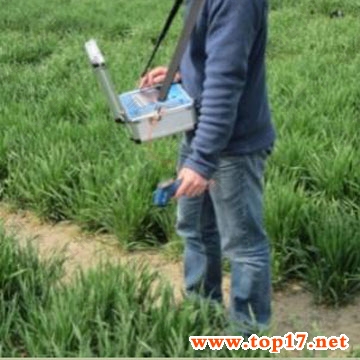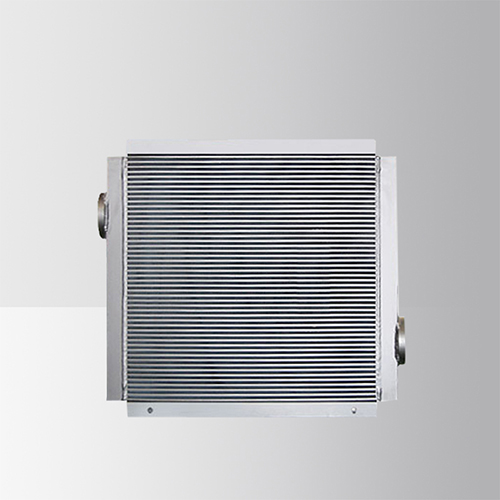The canopy structure of plants usually refers to the total number and structure of parts of the plant's ground. It includes the size, shape and orientation of the leaves, stems, branches, flowers and fruits of the plant and the distribution of the upper and lower positions in the canopy. . Studies have shown that the canopy structure of plants is closely related to photosynthesis, transpiration, evaporation, and productivity of plants. Therefore, crop canopy analyzers are used to study the energy exchange of plant ecosystems and to establish a model for the growth of plant ecosystems. Significance.

In general, the plant canopy structure profoundly affects the interaction between the plant and the environment. The plant canopy not only directly influences the exchange of materials and abilities between the plant and the surrounding environment, but also reveals that the plant is physically, chemically or biologically active. Factor adaptation strategies and the changing characteristics of the long-term evolution of plant communities, therefore, the use of crop canopy analysis to determine and describe the plant canopy structure is very important for understanding the many ecological processes of plants.
However, before the application of the crop canopy analyzer, the traditional way of determining plant canopy structure information is to determine the plant organ, including area, shape, angle and orientation, but this direct measurement method will interfere more or less. The canopy, in particular, interferes with the distribution of the blade angles, thus affecting the quality of the data, and with the increase in the field workload, traditional methods of measurement show greater limitations. The indirect measurement method, which is based on the interaction between the canopy structure and the radiation environment within the canopy, uses the relevant settings of the measured radiation to infer the structural characteristics of the canopy. This method has the advantages of simple, rapid, and accurate measurement of the crown in the field. The characteristics of small layer interference, crop canopy analyzer is based on this principle made.
With the continued advancement of precision agriculture, the application of plant physiological instruments, such as crop canopy analyzers, has provided a lot of convenience for the exploration of the energy exchange of plant ecosystems and the understanding of the growth laws of plants, which has greatly promoted the development of precision agriculture in China. It will contribute to the sustainable and efficient development of modern agriculture in China.
The air-to-water cooler is mainly used in various equipments that use a mixture of water, a mixture of refrigerant and water as a heat medium, and the purpose of cooling the high-temperature water passing through the heat exchanger is achieved by air-cooling.
Advantages: Strong corrosion resistance, compact structure, small footprint, and high degree of customization.various air-cooled drive modes, DC motor, AC motor, hydraulic motor, air motor, special explosion-proof motor, etc., better to choose the appropriate drive mode according to industrial environmental factors, without the help of external cooling medium, lower The hardware requirements can be used to cool the oil and ultimately ensure the benign operation of the equipment.
Applications: Construction machinery engine, air compressor, industrial spraying equipment, new energy equipment, solar equipment, power equipment, marine equipment, wind power equipment, sewage treatment system, etc.

Air-Water Cooler,Portable Air Cooler,Water Cooling System,Mini Air Cooler
Xinxiang Zhenhua Radiator Co., Ltd. , https://www.thermictransfer.com